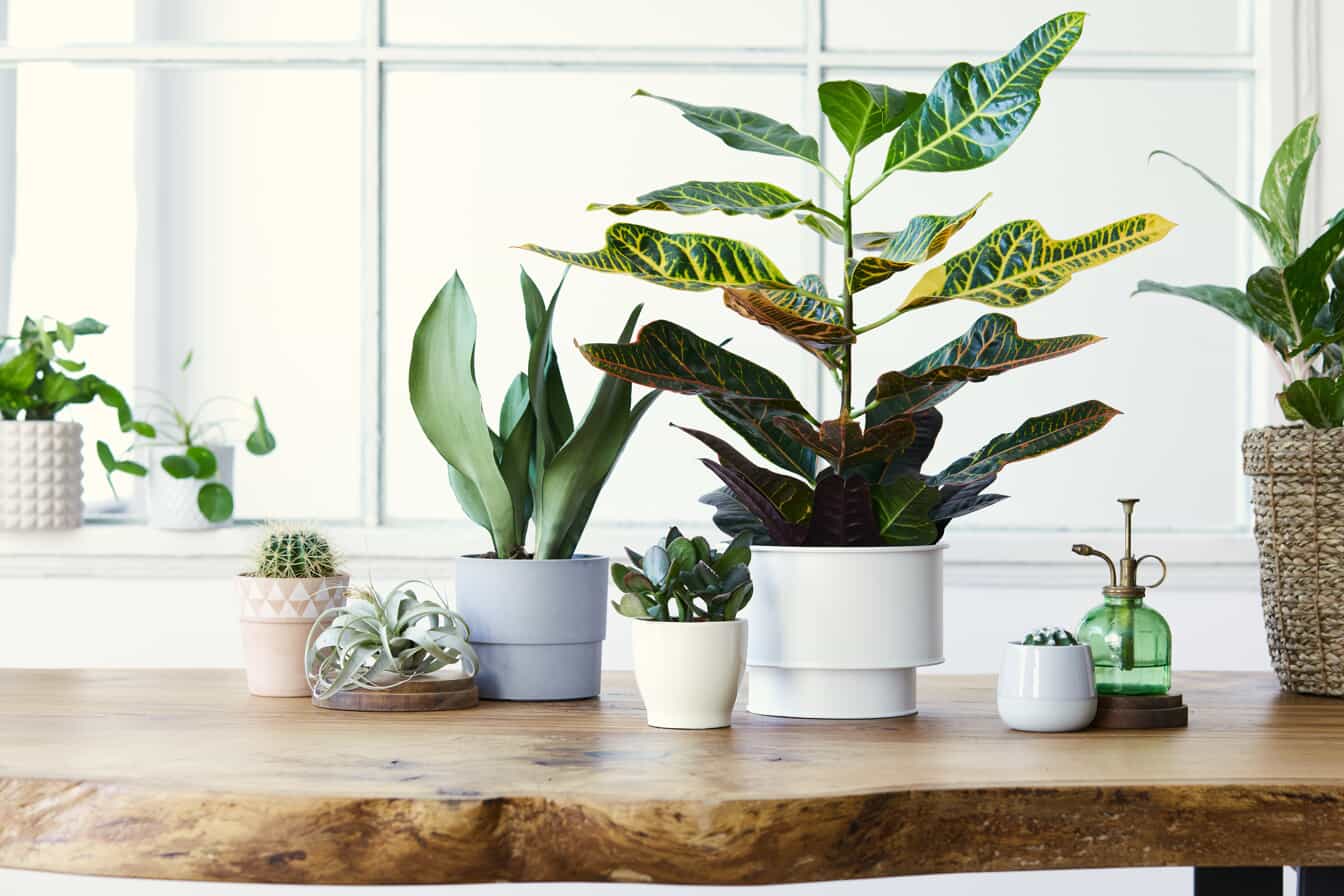How to Set Up a Learning Space at Home for Virtual School or Homework
We’ve already provided great tips on how to get kids ready and excited about virtual school in the morning (check out our blog!). Now, we’re going to talk about how to set up a virtual learning space at home that’s conducive to your child’s ultimate success for virtual school or simply studying when they get home.
The Best Places for Your At-Home Learning Space
Before you start assembling the desk you just purchased or putting your DIY savvy to good use building one from scratch, you first need to find the best place for your child’s learning space. When you’re considering rooms or nooks in your home, take into account these few things.
Choose an area that’s well lit. Whether your child prefers natural light over bright fluorescent lights, a dark corner will make it more challenging to concentrate on the lesson and studying for a big exam.
Choose an area with outlets. You wouldn’t believe the number of seemingly great locations in your home that don’t have outlets. Before you stake your claim on a wall or corner, ensure there is an outlet close by.
Choose an area that isn’t centrally located. Centrally located rooms in a home mean more foot traffic, which means more distractions during school or study time. Pick a space that’s further from the living room and kitchen to mitigate various interruptions.
Choose an area that won’t tempt your child. Bedrooms aren’t always the best spaces to erect a learning space because:
They can be easily distracted by toys or electronics.
It can make it harder for children to wind down at night, especially with a computer in the room for them to play on.
Choose an area that can accommodate at least a 31-inch-wide desk, so your child can spread out but not be entirely overwhelmed by the size.
When you’re choosing the best place for your child’s learning hub, make it a family affair! Get the entire family’s input because this space may serve as a multifunctional educational area for both the kids and adults in your home.
Tips for Setting Up a Learning Space at Home for Virtual School or At-Home Studying
Tip 1: Get Organized
Once you and your family have chosen the perfect locale for your child’s new learning space, the fun part begins! It’s time to purchase (or build) the necessary items for this important area, such as the desk, computer equipment (unless the school already provides it), surge protector, school supplies, and more.
Pro tip: For more mobility, purchase a rolling cart to store pens, pencils, calculators, erasers, and any other small items your child regularly uses during school hours.
Tip 2: Support Proper Posture
When doing extremely focused work at a computer, it’s easy to break upright posture and opt for a more comfortable position. Unfortunately, this can wreak havoc on your child’s back over time. To encourage better posture, make sure your child’s desk is at or slightly below resting elbow height. Their feet should also touch the ground, which can be easily achieved with kid-size tables and chairs. This option may be preferable if your child is the only one utilizing the desk and chair. However, if the learning space is for everyone, look at other adjustable options.
Pro tip: Use pillows or seat cushions on the chair’s back and seat for added comfort. A footrest on the floor can help support your child’s feet and legs during lengthy sitting sessions. While ergonomically functional chairs are great, you may want to invest in an exercise ball because it’s easier on the back and allows for more range of motion.
Tip 3: Maximize Wall Space
If you’re in tight quarters and are maxed on space horizontally, go vertical! Place floating shelving above your child’s learning area to provide extra storage and free up much-needed desk space. These shelves can hold bins with school supplies or get unneeded items out of the way for after-school or after-study activities.
Pro tip: Another great idea to maximize wall space is to mount a pegboard that can serve as a place to hang positive affirmations to jumpstart the day, family pictures, important classroom reminders for your child, and shelving.
Tip 4: Create a Routine
Setting up a productive learning environment is more than space and the items in it. It’s also about helping your child get acclimated to the area. There may be some reluctance to use the designated learning space at first. This is why you must develop a habit of ensuring your child utilizes the space for its intended design. Avoid letting your child play games or stream videos in that area when they’re not doing schoolwork.
Pro tip: Another thing to keep in mind is that this space isn’t a catch-all area and should not be used as a dumping ground for papers and other school supplies. Help your child get in the habit of cleaning up after homework is finished or school is done for the day.
Remember, this home classroom setup is supposed to be conducive to your child’s learning. If you’re finding they’re becoming nomadic and venturing into other parts of the house to do schoolwork, you may want to re-evaluate the location and get your child’s input. Don’t feel beholden to one part of your home. That’s the beauty of this space: you have complete control of where it is.
For more organizing hacks for your entire family, check out our other cleaning tips! You can also call us at (888) 490-4227 to receive your free cleaning estimate.









.2210140805553.jpg)




